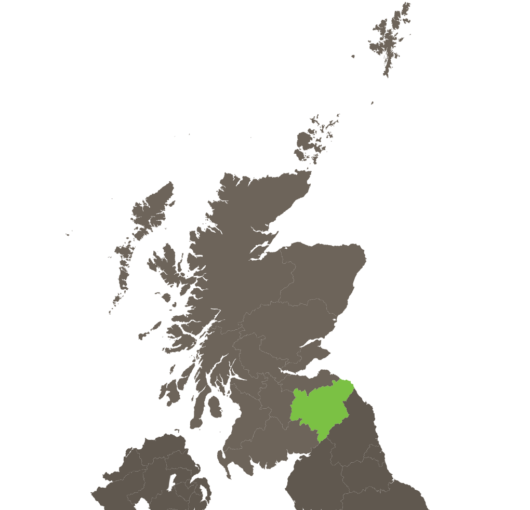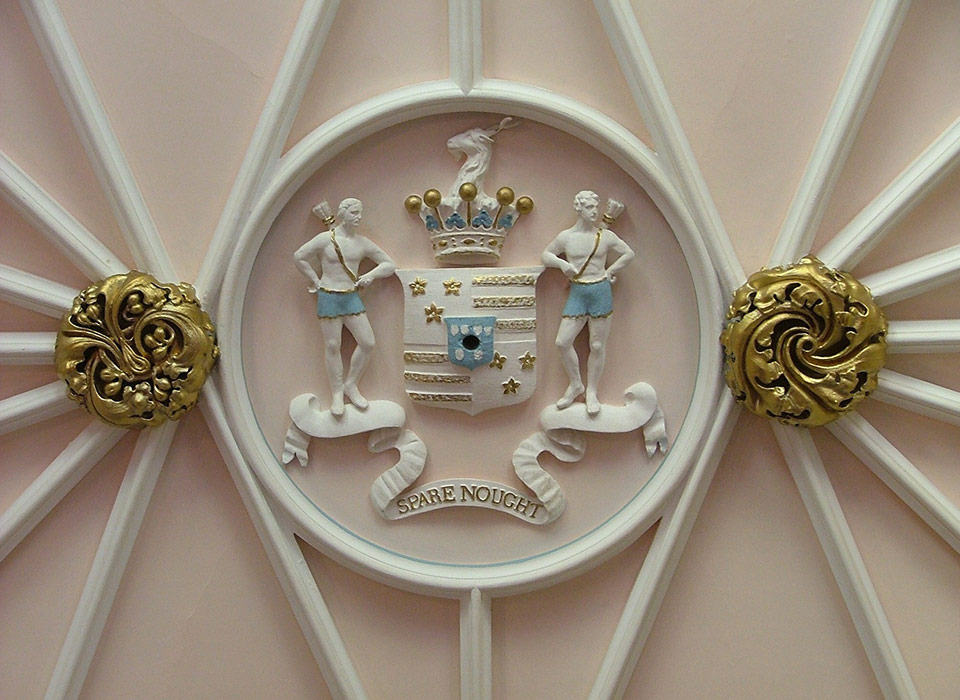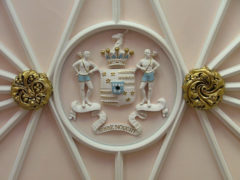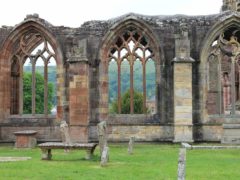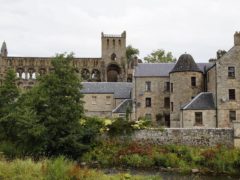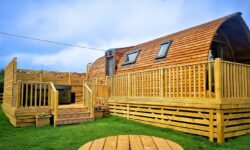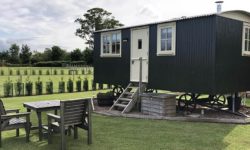The back drop is rolling scenery of this largely unspoilt area of Scotland combined with sandy beaches and stories of smuggling on the coast and inland tracing the River Tweed valley, one of the great salmon fishing rivers of Britain. Eyemouth is a small coastal resort and harbour packed with places to visit. There is a more rugged coastline at Saint Abbs, home to a large seabird colony.
The well preserved Abbey ruins at Jedburgh, Kelso, Melrose, Dryburgh contrast with medieval castles at Duns, Hume, and oddly named, Fatlips. There also remains of Roxburgh castle and the earlier iron age period Edin’s Hall Broch and Cockburn Law’s hillforts.
The peace that followed the Act of Union in 1707 saw the growth of stately homes including Mellerstain House, Floors Castle, Paxton House, Monteviot House, Bowhill and Tarquair House. Some of these properties were designed by father and sons William, John and Robert Adam and at Paxton House there is a major collection of Chippendale furniture still in the rooms it was designed for.
The Borders famous names include Sir Walter Scott and John Buchan, neither born here, racing driver Jim Clark, African explorer Mungo Park and sailor Chay Blyth.
